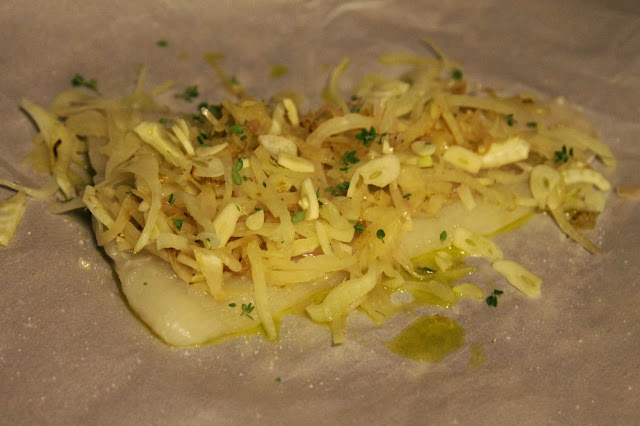Why not treat myself on a solo Friday night in? Large, succulent shrimp, a deep, zest curry, and lightly sauteed spinach rounded out a fabulous dinner for one (not to mention a few glasses of wine).
I was feeling a bit adventurous to go beyond my standard solo dinner of a buddha bowl of sorts. But I didn't want to go too adventurous to where I would spend my whole night in the kitchen. So when I ran across this recipe in my Food & Wine magazine, I was intrigued as I already had most of the ingredients and with a "total time" of 20 minutes to prepare, I was sold.
This isn't your normal curry in the sense that it is not a "saucy" dish per se. Curry actually doesn't have to be! The definition (or A definition) of curry is "a food, dish, or sauce in Indian cooking that is seasoned with a mixture of spices." So here you go - a dish that is seasoned with a mixture of spices. Curry.
What I loved about this recipe was the beautiful incorporation of tang, heat and sweetness. You've got coconut, coriander, cumin, chile and brown sugar as the "spice base" for the dish. Using whole spices really helps to take the depth of flavor to another level. And always, ALWAYS, toast your spices if preparing a curry. Your tastebuds will thank you.

The toasted spices go into the blender with water, tamarind (hello TANG), garlic and ginger. The result is a beautiful paste that serves as the base for the dish.
If you are ever amazed at the complexity of flavors in Indian cuisine, it is because they have really figured it out when it comes to blending spices and flavors, and marrying them in such a way that no single ingredient overpowers the dish. Instead, they work together in beautiful harmony.
The curry base is then added to sauteed onions that have been "heated" by the jalapenos (to be discarded, unless you are a true Indian and able to take on a ridiculous heat index).
Finish it up with a quick cook of the shrimp (less is more) and spinach and you've got a fabulous dish with complex flavors, without the complex cooking process. Easy enough for a weeknight meal - enjoyable enough for a solo Friday night.
Goan Shrimp and Spinach



















